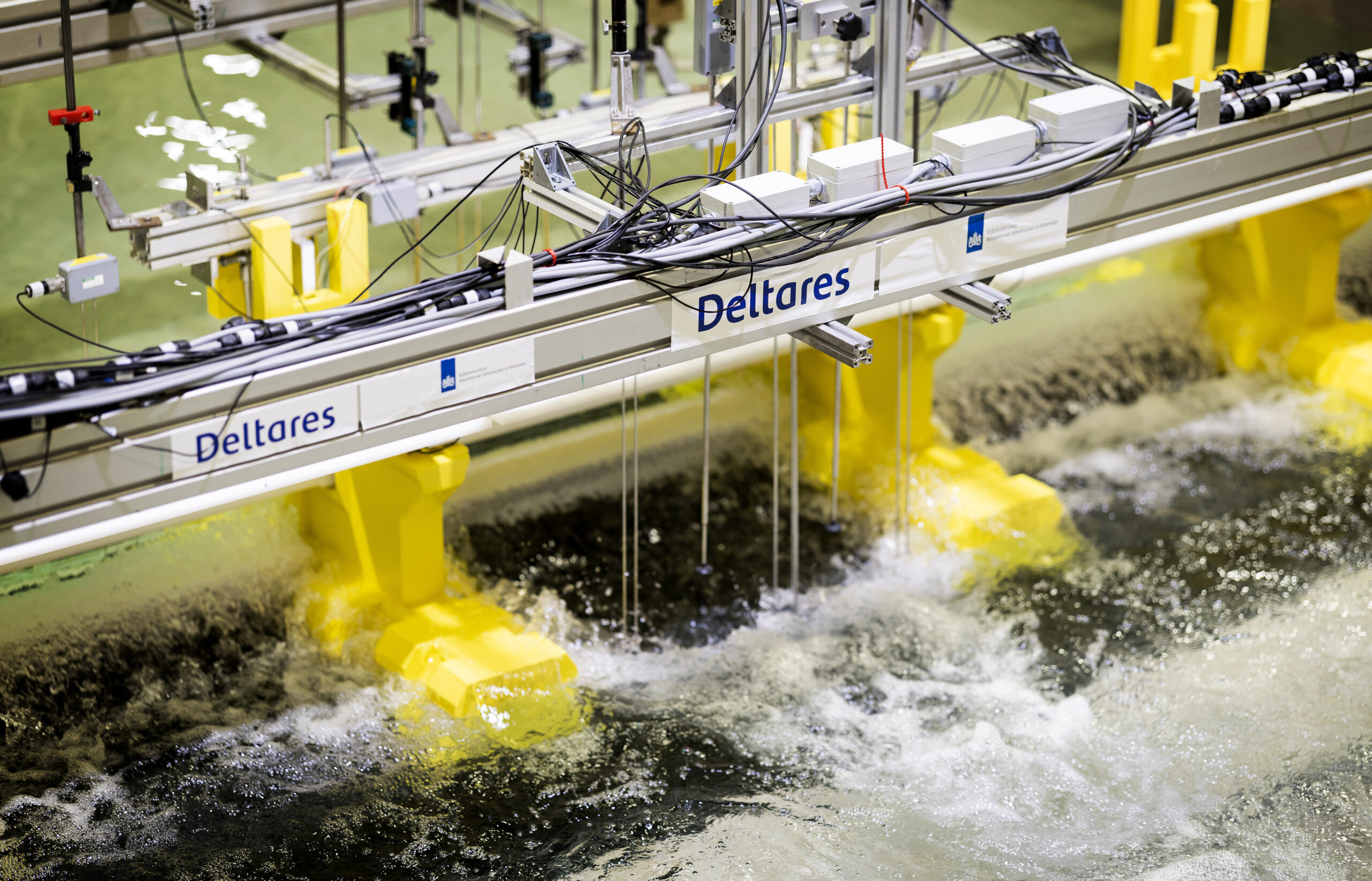
The images from the Geul Valley are still fresh in our memories – the water swirling through the city centre of Valkenburg aan de Geul and the damage and hindrance devastating the inhabitants. The total damage caused by the flooding in Limburg is estimated at more than 400 million euros, which makes it one of the worst floodings in the Netherlands in years.
“The event broke multiple records – not only considering the damage, but also regarding the rainfall and drainage”, according to Prof. Bas Jonkman from the TU Delft. Prof. Jonkman led the Task Force Fact Finding Rising Water 2021, a first analysis made by the cooperation consisting of knowledge institutions of which the first findings were presented on the 9th of September.
Even though the repairs will last for months, the municipality of Valkenburg aan de Geul is not only focussing on recovery, but is also looking forward. For this reason they have sought cooperation with the TU Delft and came to visit on the 3rd of September with a delegation of councillors. Their question was clear: how could this have happened and what can we do to diminish future damage?
“
“We must make the entire water system future proof”n
Marjan Kreijns, director The Green Village
After being welcomed by The Green Village director, Marjan Kreijns, Professor of Water Management, Prof. Nick van de Giesen took the floor. He showed video footage of the upstream area of the river the Geul during the catastrophe. Although the images clearly present the rapidly rising water levels, the river does not overflow its banks. The conclusion of Van de Giesen: “Meteorologically speaking there were extreme intensities, hence why everything went very fast, however from a purely hydrological point of view, it was not an extremely large drainage. Taking into account climate change, these amounts of rainwater drainage will occur more regularly and have to be weighed. In the coming 5-10 years the event can occur again”. An unpleasant message for the council members, but it underlines the necessity to search for potential solutions. To diminish damage in the future, a broader view should be taken – the entire river basin must be considered. The present areal design of the centre of Valkenburg supports less space for adjustments – the river flows straight through the centre in a relatively small canal. This makes the centre unique and attractive for tourist, but imposes many risks. To avoid future damage, a potential bypass will be considered, combined with smart adjustments in the city. These adjustments in the urban area are often difficult, as was underlined by Manita Koop of the Delfland Water Board. She was present during the visit to exchange knowledge between local governments and to seek mutual cooperation in the future.
To acquire inspiration for solutions for water buffer and recycle in urban areas, the delegation from Valkenburg first visited field lab the WaterStreet. Multiple entrepreneurs were present to demonstrate their innovation. This varied between water passing pavement to green parking spots to buffer blocks under the surface. The quantity and diversity of the climate adaptive measures was received enthusiastically by the council members.

Sandbag alternatives
After visiting the WaterStreet, the delegation was welcomed by Professor Bas Jonkman at field lab Flood Proof Holland. A field lab containing alternatives for the sandbag and where research on flood control is taking place. Here the council members received demonstrations for the alternatives of sandbags. Piece by piece the innovations were received with great interest by the council members, given the speed and ease of these solutions contrasted the placement of the sandbags that were recently deployed. Besides these innovations, current experiments by the TU Delft were presented. Namely, research on the effects and risks for long-time water pressure on houses. Considering the over 2.300 damaged homes in Valkenburg aan de Geul this was received with great interest.

Conclusions and next steps
One of the main conclusions of Bas Jonkman for the delegation was the following: if no action is taken, more major floods will happen in Limburg. The question is if the current protective measures regarding Valkenburg are sufficient. It is a positive notion to consider multiple risk reduction measures, more drainage capacity, smart and fit in barriers in Valkenburg, and other solutions.
The TU Delft is eager to share her available knowledge and expertise, to cooperate on improving resilience and decrease future damage. The TU Delft reflects a clear message: at every level measures should be considered to substantially reduce the risk.



